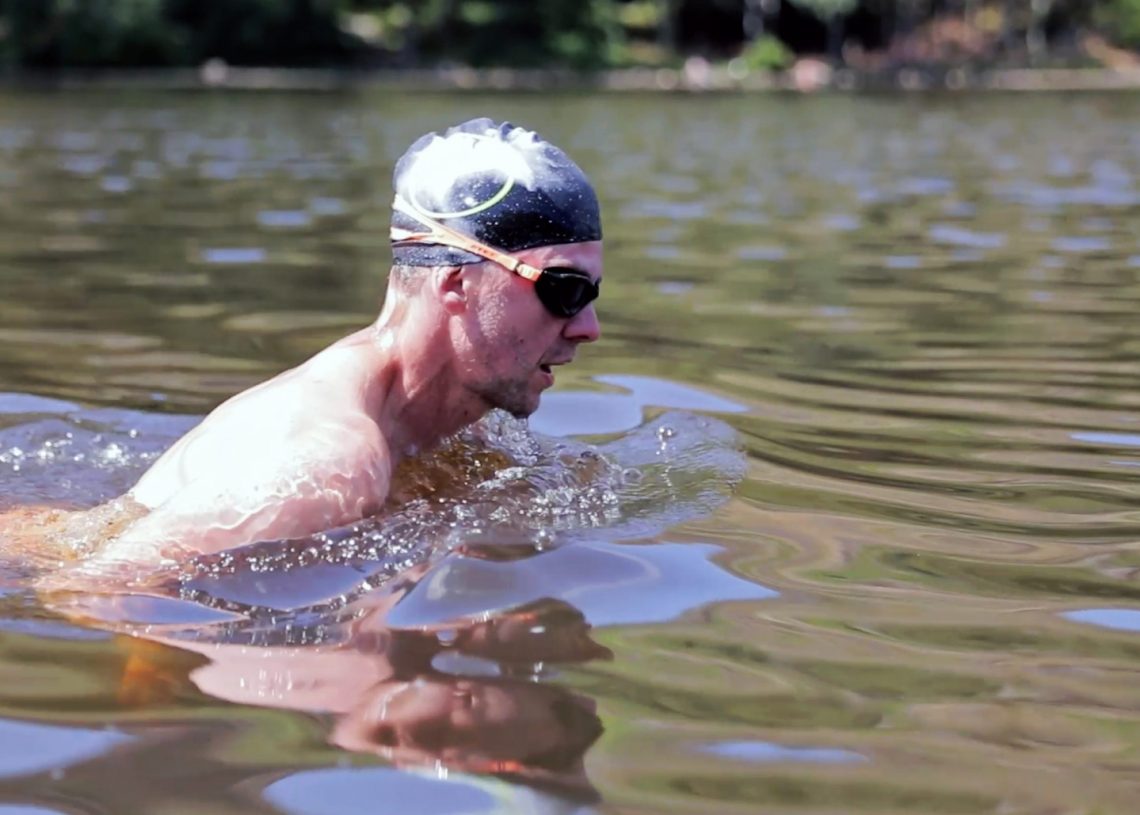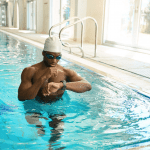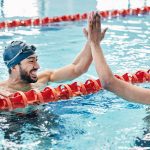
How to do head-down breaststroke
Contributing editor Jonathan Cowie is your guide to the head-down breaststroke – an efficient and streamlined way to swim in open water
Head-up breaststroke is an enjoyable way to swim in the open water – it allows you to look around and have a chat with your fellow swimmers. But swimming with your head permanently out of the water puts strain on your neck and back and is not an efficient way of swimming. If you want to progress from head-up to head-down breaststroke here are some key things to think about.
Reframe your fears
One of the main reasons people swim head-up breaststroke is that they don’t like putting their head in the water. This is totally understandable as natural water isn’t as warm or clear as swimming pool water! If this is you, practise putting your head under the water in your local indoor pool. Make sure you are wearing goggles – it makes a huge difference!
Once you are confident in the controlled environment of a pool, you can start practising in the open water. Try to reframe your fears – instead of being unsure of what is under the water, treat putting your head under as an opportunity to explore the natural world.
Streamline not starfish
In head-up breaststroke you need to use your arms and legs at the same time to keep you afloat – this puts you into a starfish position in the water, with arms and legs extended at the same time. With your head out the water you will also be almost vertical in the water.
In head-down breaststroke you want to spend as much time as possible in a streamline position with your arms stretched out in front of you, hands together and your legs straight behind you, and you want to be more horizontal in the water. This creates much less drag.
Once you have perfected putting your head under the water, practise in the pool pushing off the wall into a streamline position. Notice how good it feels and how far you can go with little effort!
All about timing
Breaststroke can be broken down into three stages: kick, glide, pull. Breaststroke is a kick-driven stroke: around 80% of your propulsion comes from your kick, so you want to make the most of that power by getting into streamline and staying in that position as long as possible.
Small arms
If only 20% of propulsion comes from your arms you don’t need a big arm stroke: think small arms. Visualise you are scooping out a bowl in front of you. Ideally you want your hand movements to stay in front of your shoulders and the elbows should be nice and tight.
Putting it all together
Keep the sequence ‘kick, glide, pull’ in mind. Lift your head, breathe, then back into streamline. Unless you are Adam Peaty, don’t lift yourself too high out of the water when breathing – think about keeping a neutral spine and maintaining a streamlined position.
For more guidance on swimming techniques, visit our coaching pages.








